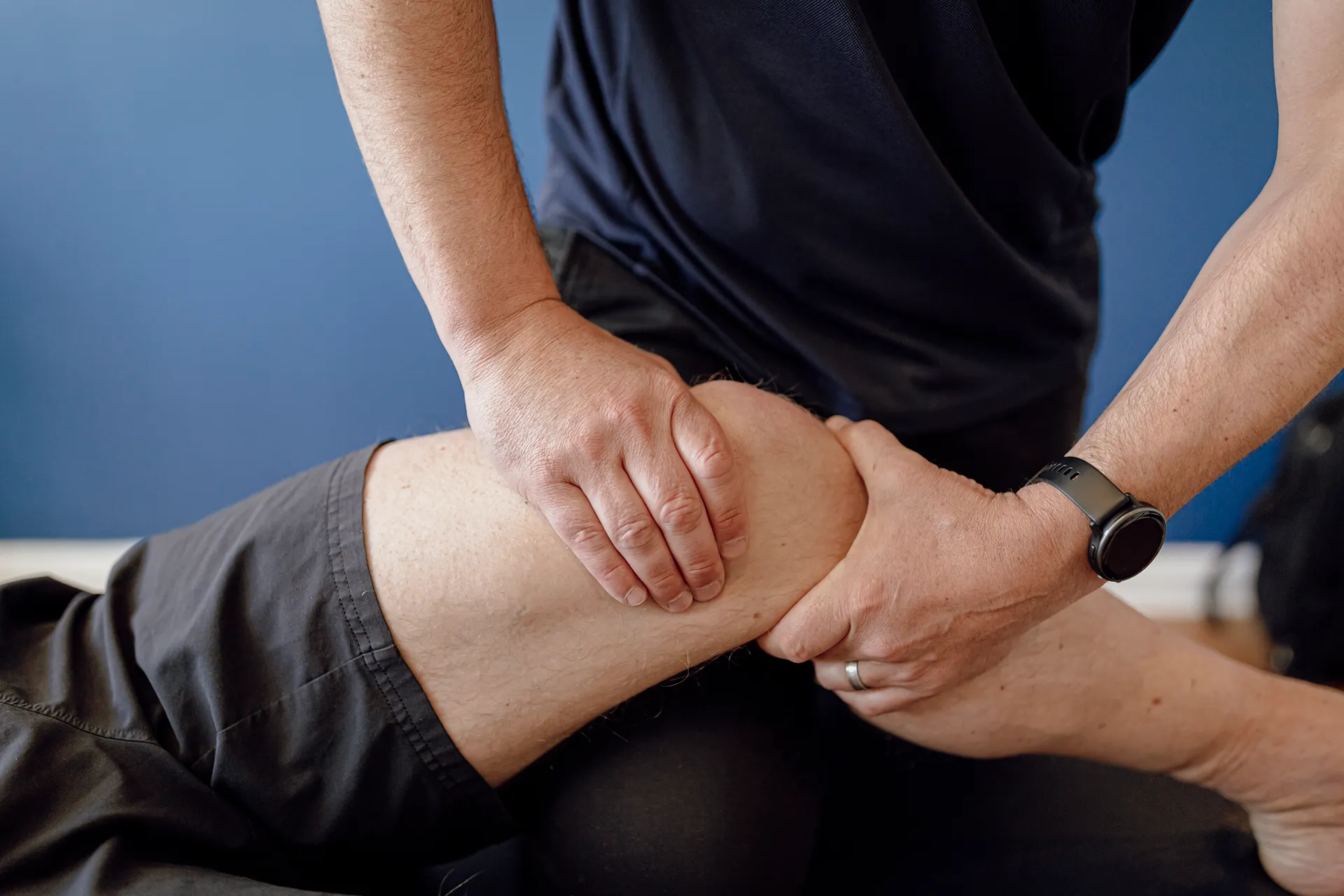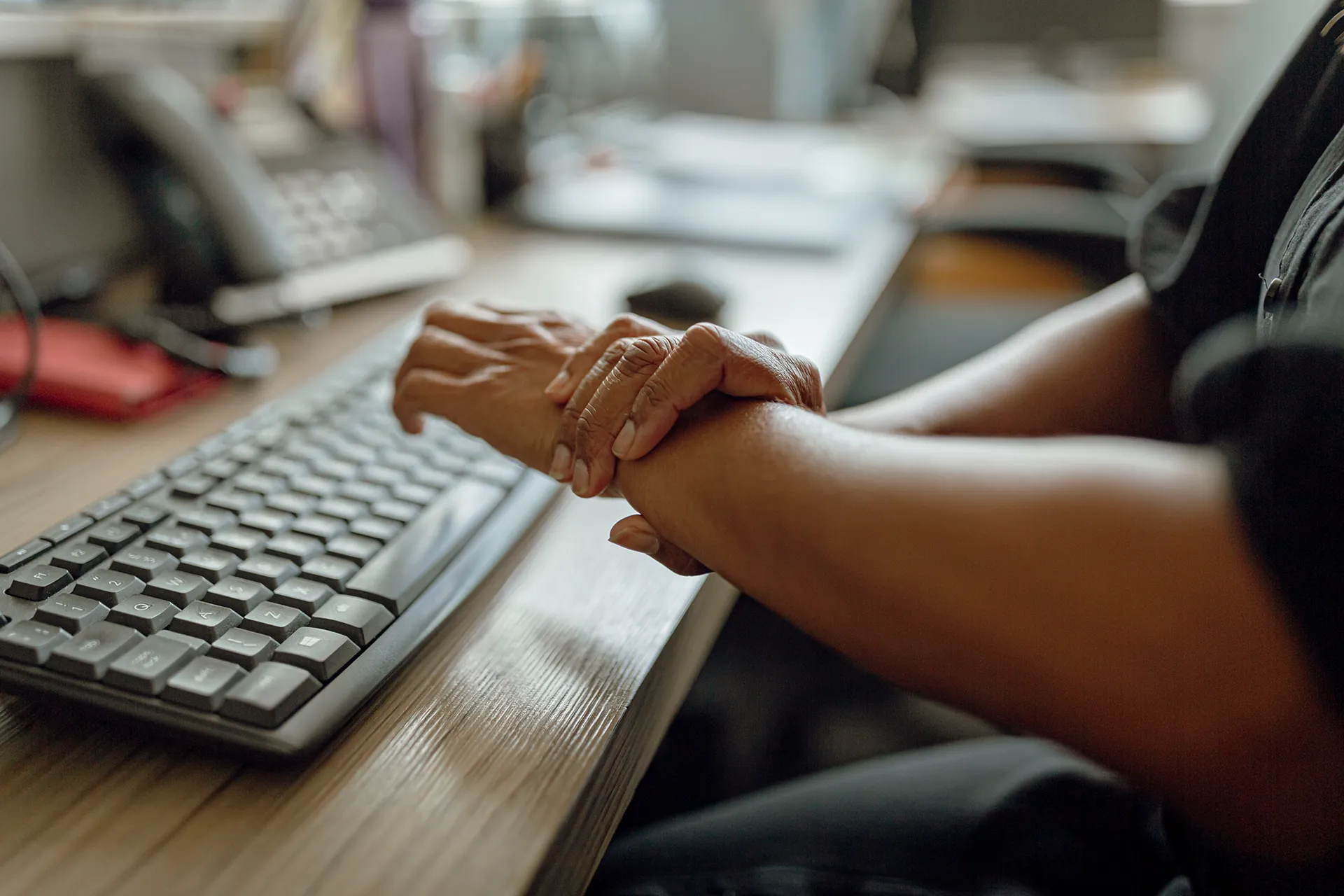Joint Injury

Types of Joint Injuries
Joint injuries are typically classified as either acute or chronic.
Acute:
Acute injuries result from sudden trauma and may include:
- Sprains: Ligament tears or stretches
- Strains: Muscle or tendon twists or tears
- Dislocations: Bones forced out of alignment
- Fractures: Bone breaks from injury or stress
Chronic:
Chronic injuries are often due to conditions like:
- Rheumatic disorders: Affecting joints, bones, and muscles
- Overuse injuries: Including bursitis, tendinitis, and chronic strain
- Other conditions: Such as fibromyalgia, infections, and more.
How can we help
Physiotherapy can aid in the recovery from joint injuries by reducing pain, enhancing movement, and strengthening muscles. Our physiotherapists provide individualized treatments, including:
|

Conditions
Other Conditions We Treat














